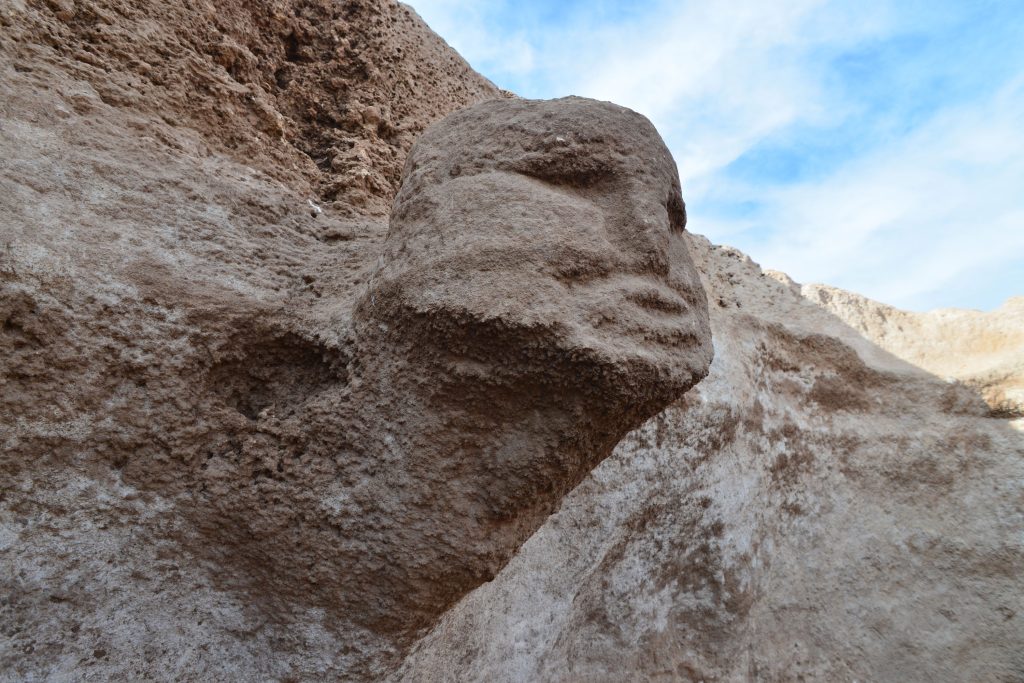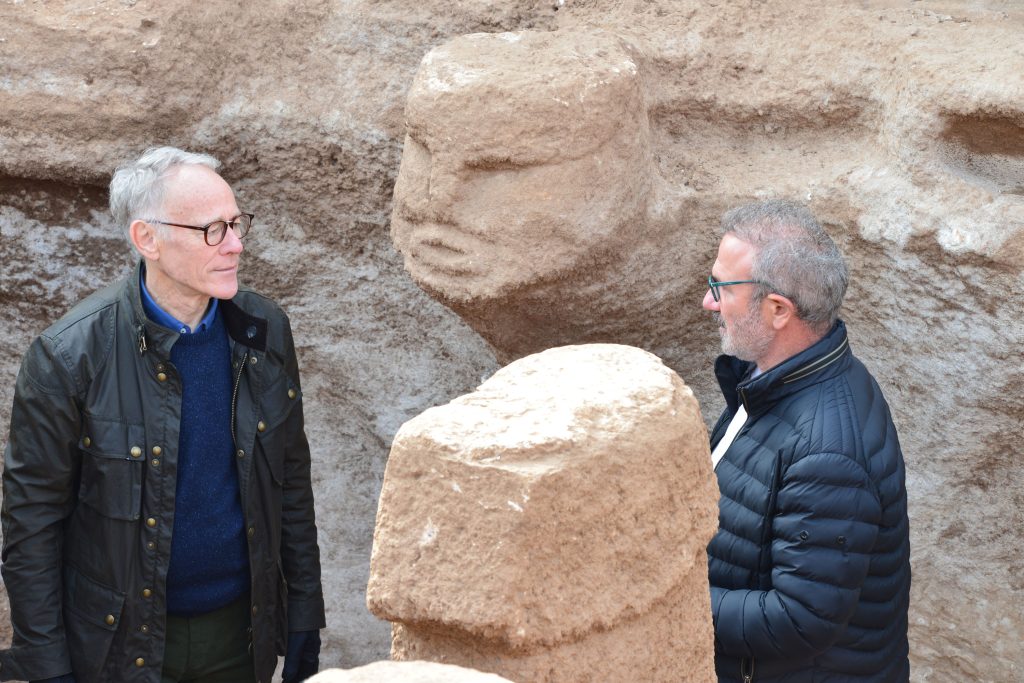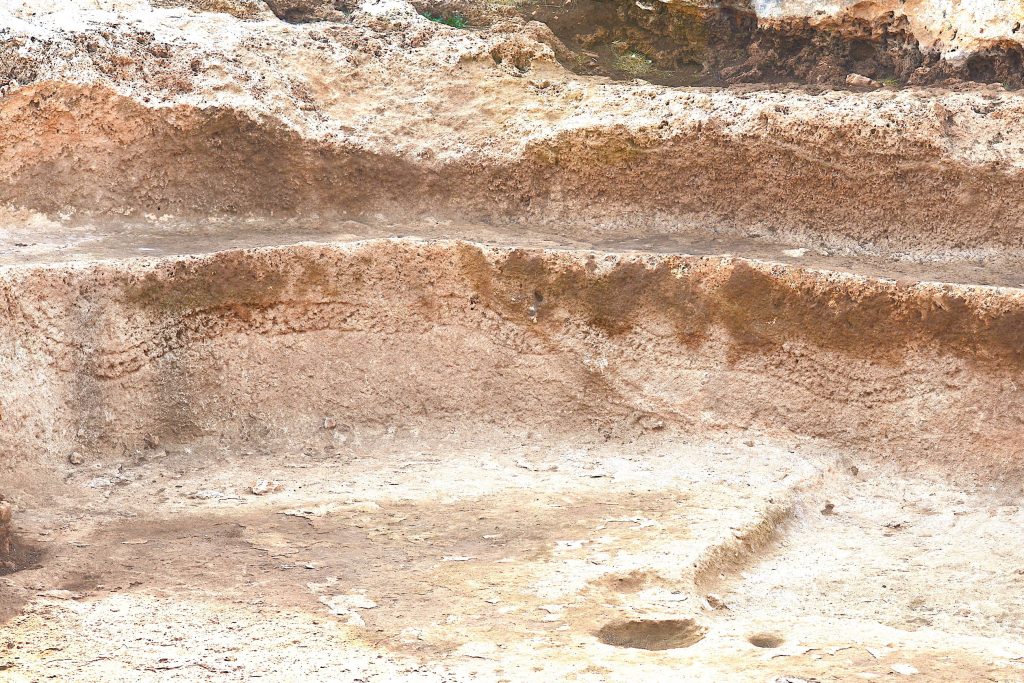quote:
Now, again, the corollary: what technologies have been passed down to certain families, about which the rest of us would know little about?
This question seems to touch on numerous RI themes.
*********
Indeed, that's a very interesting and intriguing question. I've long been fascinated by the topic of historical anomalies and ancient technology that we cannot understand.
This is a very brief, off-the-top-of-my-head response. The very first thing that suggested itself to me in the above question was Manna, the mysterious food-substance the Wandering Jews led by Moses fed on, which records and the Bible claimed was provided by God, while the Israelites spent 40 years in the desert-wilderness after being freed from their bondage in Egypt by the Pharoah (who was induced to do so by the Egyptians being afflicted by various afflictions, etc.) What was this Manna? A fungi comprising complex amino-acids, vitamins and minerals that mysteriously grew and was harvested daily? Did it occur 'naturally' or was it cultivated or synthesized from ordinary materials? Is it even historical or a religious folk-tale?
But Okay, beyond possible allegories or tales that have a moral/religious theme: The 'mystery' of ancient builders, ie. stone-technology including deftly moving huge, multi-ton blocks of worked stone with great precision, even in the absence of historical records of wheel-and-axle technology, and their fitment into walls with incredible tolerances of hundreths or even thousanths per inch precision. Some of the stone-blocs moved that went into building ancient, pre-historical cities, monuments and complexes, in locations as varied as South America to the Middle East, were several hundred tons, which requires the most sophisticated modern computer-assisted mechanical/hydraulic lift-cranes and engines. Many modern researchers have stated that some ancient works like the Giza pyramids could not be faithfully duplicated today, or only with the most expert planning and resources. The details of the ancient technology used remains a mystery. In fact, some researchers have claimed that since many of the most technically-demanding building projects required expertise of moving huge weights, working their surfaces and positioning them to great precision which can't be readily explained, that maybe something else, a technology not-known today may have been involved -- like controlling gravity for making objects weightless (tho not without mass); or use of lazer-like cutting-molding machinery for working granite and basalt faces, to cut precise angles and smoothness of one-part out of 1000; perhaps (as has been suggested for the pyramids) a manner of making synthetic 'stone' like epoxy-concrete, so stones weren't cut, lifted, moved and placed but 'made' using previous blocks as part of the structural forms, like building a dam out of poured-concrete blocks;
It does seem incredible that pre-historic peoples would have worked hard granite stones with simple bronze chisels, and used earth-ramps and man-power to lug huge blocs into the pyramids we marvel at today -- esp. since its been calculated the necessary gradual slope-gradients would have required many, many thousands of miles of temporary ramps to be built and for the stones to be hauled-on.
Then, there are mysteries like very old or even pre-historical artifacts that defy simple explanation. I'm reminded of one, a free-standing phallic-beam made of stainless-steel type alloy somewhere in India, maybe Delhi, that is reputed to be some 600 or 800 yrs old and that has resisted rust. The finding of a complex gear-driven 'computer'-type device found in a deep coal seam that modern researchers claim is a device to measure and plot the movement of the planets.
Ah, and the finding of something that looks like nothing so much as a spark-plug in another deep coal seam that suggests it was buried many thousands of years ago.
The Balinese people are said to have had a very elaborate scientific technology of hydraulics and understanding of geometry to allow them to build extensive rice-terraces irrigated with complex canals and underground rivers.
Then, the Dogon people of Mali, West Africa, were claimed by two French anthropologists to have had a sophisticated knowledge of astronomy that enabled them to chart the Sirius binary-star system to great precision -- knowledge of which was passed thru oral tradition over thousands of years and which they couldn't have learned by themselves.
And closer in-time and home, there are the Kogi Elder, the Shamanic leaders of an obscure little-known tribe of Indians, living legacy of the Tyronas civilization, living in the dense coastal Sierra Mountains of Columbia which have retained a jealously-guarded autonomy and self-imposed isolation from 'modern' civilization they have guarded since Conquest ages. They claim to be the repositors of ancient shamanic knowledge of the Earth Mother and as wise sage Elder Brothers, they mount constant vigil against the life-destroying pillaging and ruination of modern society (who they term 'younger brother'), maintaining the rituals and spiritual practices necessary to prevent the widespread ecological collapse caused by the mining, drilling, deforestion, land-clearing, polluting, razing, explotation and destruction until the 'younger brother' can stop waging war on the earth and learn to live in harmony with the natural world.
I was really touched to see this PBS vid several years ago. I recently found my own VHS copy of the program to review it and was curious to see if it had been downloaded by some gracious soul to youtube and indeed, it had been, by several peole over the past years.
I highly recommend the following vid for the insight it provides into hitherto 'lost' knowledge, in this case held and preserved in trust by the Kogi Elder until the 'rest' of humanity can come to terms with the knowledge they need to reaquire if we are to avoid the disaster we seem to be rushing toward.
Since seeing this some ten or more years ago, I've often reflected on these Kogi maintaining their perch along the roof of the world, looking 'down' on the destruction and madness being waged by 'modern' civilization, to wonder if they ARE serving to forestall the collapse of the earth's systems until we can 'wake uP!'
--quote--
"Up to now we have ignored the Younger Brother. We have not deigned even to give him a slap. But now we can no longer look after the world alone. The Younger Brother is doing too much damage. He must see, and understand, and assume responsibility. Now we will have to work together. Otherwise, the world will die."
Kogi Mama
Is a warning by a South American Indian tribe that people give up their self-destructive ways and honor the planet before it is too late.
After four centuries of seclusion, the Kogi, descendants of a pre-Colombian civilization, asked BBC filmmaker Alan Ereira to visit their homeland in the Sierra Nevada mountains of northern Colombia. From the Heart of the World: The Elder Brothers' Warning delivers their prophetic message to the world.
Seeing themselves as guardians of life on earth, the Kogi have a spiritual understanding of the bond between humankind and the natural world. This bond, they insist, must be honored.
The Kogi are governed by priests called "mamas." As children, the mamas were educated in the dark and this early sensory deprivation has made them finely attuned to the mysteries and pleasures of their mountain environment. The Elder Brothers, as they call themselves, are convinced that we, the Younger Brothers, have wounded the earth through industrial exploitation, mining, and clearing of forests. They have seen signs of an ecological crisis in changing bird migrations and the lack of snow in the highest regions of the Sierra Nevada. The Kogis warn that unless we change our ways, the world will end: "If we act well, the world can go on." The Kogi are an indigenous people living in the Sierra Nevada de Santa Marta mountains of northern Colombia, in South America.
They are the only civilisation to have survived the Spanish conquests and to have kept their individuality. They are perhaps the only indigenous people in the world who, because of the particular nature of their surroundings, have been able to keep themselves apart and sustain their culture inviolate. And not only that.
The one anthropologist who managed to study them in the 1940's and 50's concluded that though they are similar in some ways to the other Indian peoples around the Caribbean, northern Central America and south to the Andes, there are such profound differences that "in the end the Kogi stand alone".
They have survived to this day, keeping their traditions and relying upon, and looking after, the mountain environment. They believe it is their duty to look after the mountain which they call "The Heart of the World". They call themselves the Elder Brother and refer to the new- comers as the Younger Brother, who they believe is destroying the balance of the world.
In 1990 the Kogi decided they must speak out to the rest of the world. They had survived by keeping themselves isolated but they decided that it was time to send a message to the Younger Brother. They could see that something was wrong with their mountain, with the heart of the world. The snows had stopped falling and the rivers were not so full. If their mountain was ill then the whole world was in trouble.




